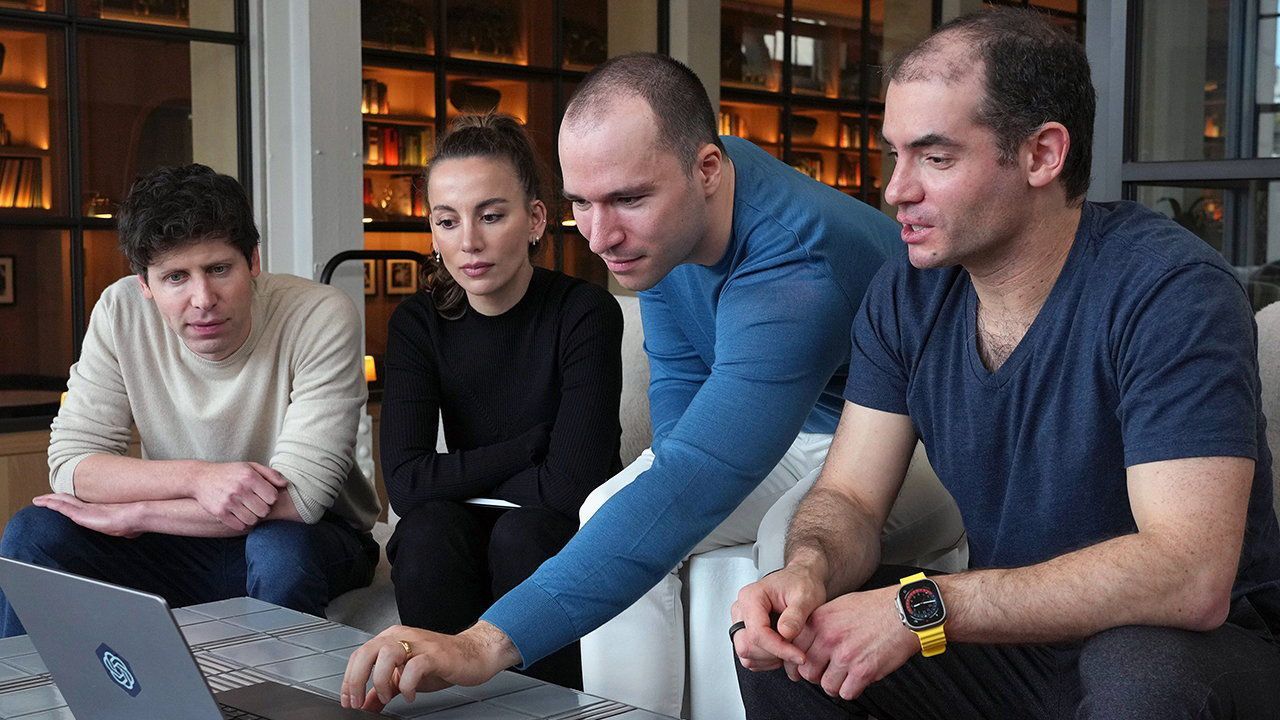Inside OpenAI’s weird governance structure
Why investors had no say in Sam Altman’s sacking

“WHICH WOULD you have more confidence in? Getting your technology from a non-profit, or a for-profit company that is entirely controlled by one human being?” asked Brad Smith, president of Microsoft, at a conference in Paris on November 10th. That was Mr Smith’s way of praising OpenAI, the startup behind ChatGPT, and knocking companies like Meta, Mark Zuckerberg’s social-media giant. Events of the past week, which began on November 17th with OpenAI’s board firing its boss, Sam Altman, and ended four days later with his return to the startup he co-founded, have made the non-profit setups look rather less attractive. They have also thrown a spotlight on AI darlings’ unusual governance arrangements.
This article appeared in the Business section of the print edition under the headline “Non-profit motives”
Business November 25th 2023
- With Sam Altman’s return, a shift in AI from idealism to pragmatism
- Inside OpenAI’s weird governance structure
- ReelShort is the latest Chinese export to conquer America
- Why Chinese companies are flocking to Mexico
- Riyadh Air is betting on a tourist surge to Saudi Arabia
- How not to motivate your employees
- Every country wants its own investment-screening regime
- The many contradictions of Sam Altman
More from Business

Physical proximity has big effects in the workplace
It needs to be managed wisely

Intel is on life support. Can anything save it?
Only drastic action can revive America’s chipmaking champion

European firms are smaller and less profitable than American ones
The continent’s policymakers are right to be worried
Demand for high-end cameras is soaring
The ubiquity of smartphones has helped
People are splurging like never before on their pets
Would you buy your furry companion a cologne?
Why family empires dominate business in India
Their grip on the economy may be starting to weaken—slowly
